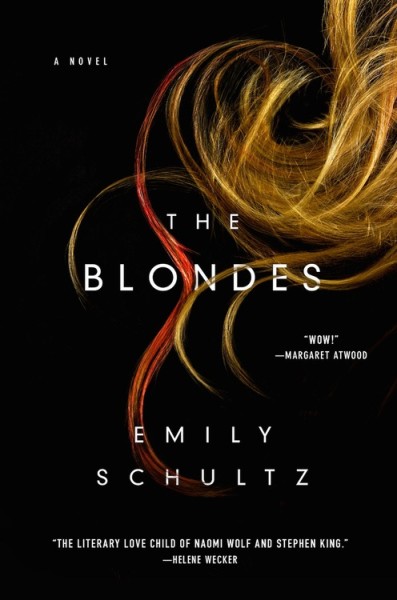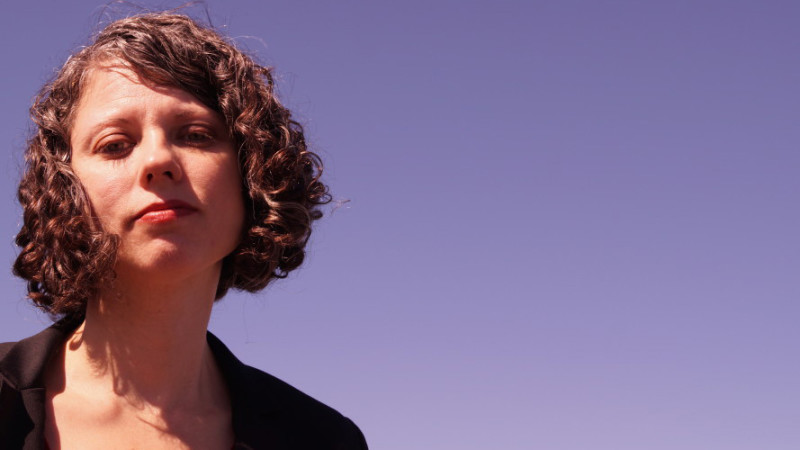Like Alfred Hitchcock’s The Birds, Emily Schultz’s latest novel takes an absurd epidemic and transforms it from a potentially campy joke into acute, stylized and, well, still-slightly campy terror. As implied by the title, The Blondes is first and foremost about hair color — with rabid blonde women replacing Hitchcock’s bloodthirsty seagulls — but only after it’s been sifted through a feminist, satiric, horror story sieve.
At the center of The Blondes lies Hazel Hayes, a twentysomething working-class Canadian grad student and recent arrival to Manhattan, ostensibly there to finish her thesis. Hazel’s fictional academic specialty is Aesthetology, or the study of looking. Her murky thesis, Through a Screen Darkly: Vamps, Tramps and False Consciousness in Female-Marketed Culture, has something to do with the reality of what women look like and what they think they look like. Hazel is caught up in a sad affair with her graduate adviser, Karl Mann, a 46-year-old Communications Studies professor with a propensity for sob fests and cheating on his wife Grace. To complicate matters, Hazel finds out she’s pregnant soon after arriving in New York, where she’s gone to get away from Mann under the guise of consulting with another one of his possible paramours, the icy blonde and brilliant Dr. Wanda Kovacs.
All goes according to plan until Hazel witnesses a terrible event in a subway station: a lumbering, rabid blonde businesswoman randomly attacks a young female high school student, pushing her onto the tracks, where they both end up crushed under an approaching train. Soon, the attacks increase in frequency to turn rampant and global, with hundreds of thousands of new cases every day — all carried out by blondes, natural and artificial. (Hazel, as a redhead, is viewed as a potential threat.) The epidemic is dubbed “The Blonde Fury,” and the cause is unknown and never disclosed; some blame flea bites, others blame a lack of melanin. What’s certain is that the epidemic places the U.S., along with blonde-heavy countries like Sweden, Finland, and Denmark, on constant terror alert.

While on her book tour, by phone from a hotel room in Chicago, Schultz says that the seed for The Blondes came to her as she sat on an airplane reading a magazine.
“I was reading Vanity Fair and I came across this Gucci advertisement filled with blondes,” she tells me. “They looked rabid. I showed my husband the ad and said The Blondes in this deep voice, as if they were vampires.”


